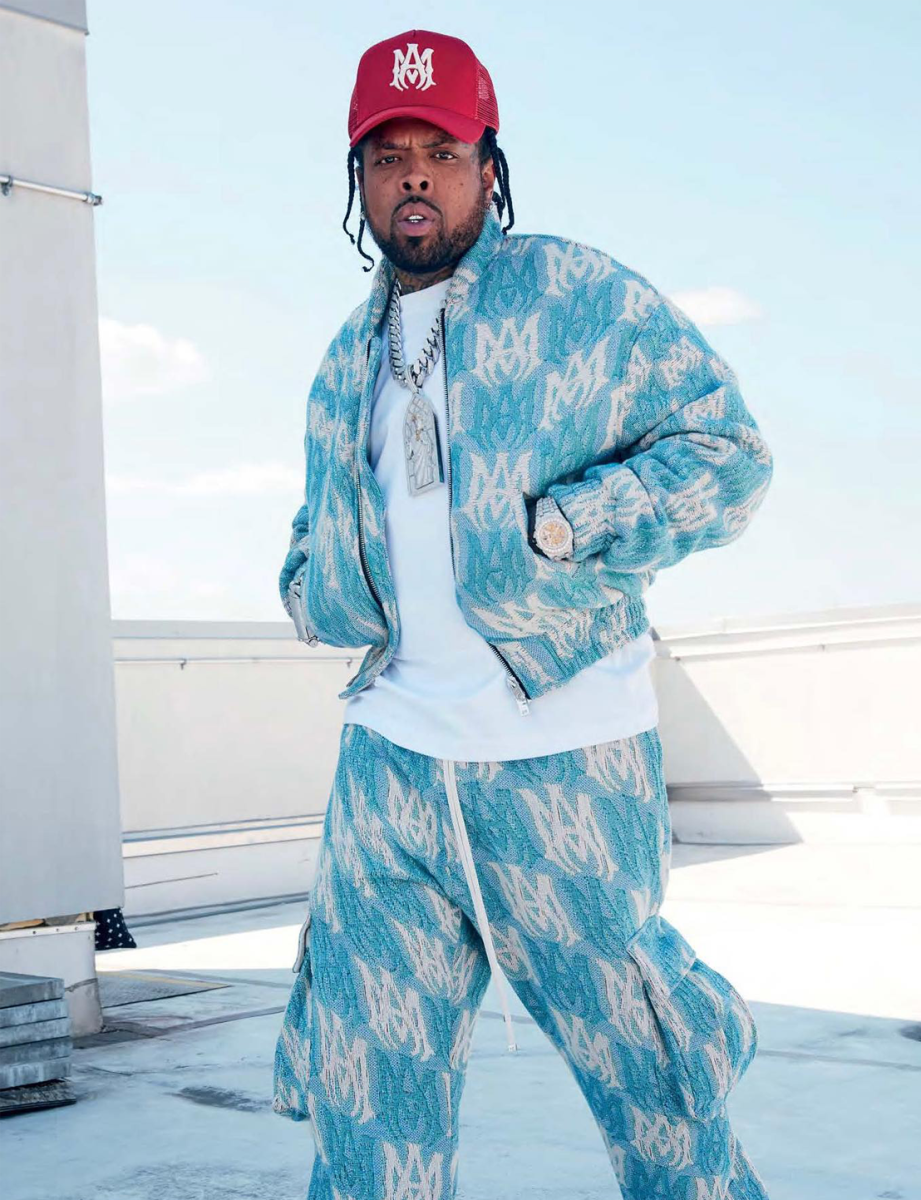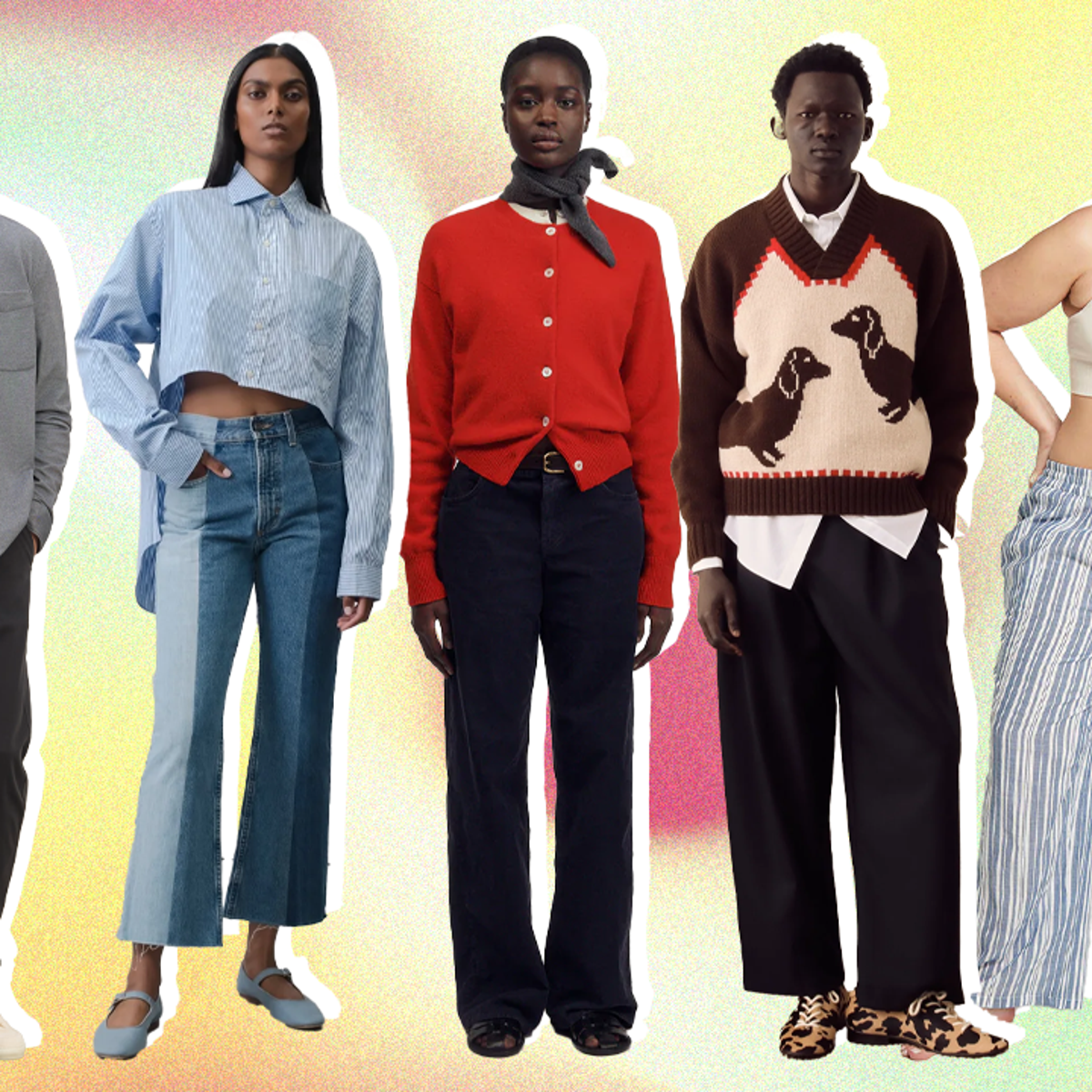Choosing Branded Clothing That Supports a Greener Wardrobe
Choosing Branded Clothing That Supports a Greener Wardrobe
Blog Article
Comprehending Clothes: The Value of Fabric Choices in Your Closet
The selection of textile in garments plays an essential function in both aesthetic appeals and functionality. Various materials offer varying degrees of toughness, breathability, and convenience, directly influencing the wearer's experience. Recognizing these nuances can enhance one's wardrobe substantially. Yet, several neglect how these selections can affect not just personal design, however additionally sustainability. What material decisions could redefine your wardrobe and align it with both style and responsibility?
The Role of Fabric in vogue and Capability

Common Fabric Types and Their Qualities
When choosing clothing, comprehending the qualities of typical fabric kinds is crucial for making educated selections. Cotton, a widely-used natural fiber, is recognized for its soft qualities, breathability, and adaptability, making it suitable for sportswear and day-to-day garments. Linen, another natural choice, flaunts exceptional moisture-wicking residential or commercial properties and an unique texture, ideal for cozy climates.Wool, usually preferred for its warmth and sturdiness, differs in fineness; merino woollen is soft versus the skin, while coarser types are made use of for outerwear. Artificial fabrics like polyester and nylon use sturdiness and resistance to creases, making them prominent for activewear and traveling garments. Blends, which incorporate natural and synthetic fibers, can enhance capability while maintaining comfort. By identifying these textile characteristics, individuals can choose apparel that aligns with their way of living and visual choices.
Breathability and Convenience: Picking the Right Fabrics for Different Climates
Picking the best textiles for numerous climates can substantially improve convenience and overall wearability. Breathable materials are vital in hot environments, as they permit air circulation and moisture evaporation. Fabrics such as cotton, linen, and moisture-wicking synthetics successfully attract sweat far from the body, keeping the wearer cool and completely dry. On the other hand, in colder environments, thicker materials like wool or fleece offer insulation while maintaining breathability, making certain warmth without overheating.Additionally, the selection of fabric weight plays a crucial role; lightweight textiles are preferable for summer, whereas much heavier options are fit for winter season wear. Recognizing the distinct residential or commercial properties of each fabric makes it possible for individuals to dress suitably for differing weather problems. Ultimately, selecting comfortable and breathable textiles customized to particular environments can considerably enhance daily convenience and enhance the general experience of using garments.
Toughness and Care: Just How Fabric Influences Durability of Your Wardrobe
Picking the best materials can significantly affect the sturdiness and treatment demands of a wardrobe. Fabrics such as cotton and polyester are recognized for their durability and ease of upkeep, making them excellent for daily wear. In comparison, fragile products like silk and lace call for more careful handling and specialized cleaning methods, which can enhance the time and effort needed for care. Branded Clothing.Durability is likewise influenced by the material's weave and coating; securely woven textiles have a tendency to stand up to wear and tear much better than freely woven options. Additionally, artificial blends usually supply enhanced durability, incorporating the finest qualities of several fibers.Understanding the care directions for every material is essential, as inappropriate drying or washing can bring about premature wear. Eventually, selecting sturdy products can bring about a longer-lasting closet, decreasing the regularity of replacements and contributing to a more lasting style selection
The Influence of Fabric on Fit and Shape

Sustainable Material Selections: Making Eco-Friendly Decisions
The influence of material extends beyond fit and silhouette to encompass environmental variables, triggering a growing rate of interest in lasting textile selections. Green textiles, such as organic cotton, hemp, and Tencel, are gaining grip amongst consumers who prioritize sustainability in their wardrobes. These materials are frequently produced with fewer chemicals and water, minimizing their ecological footprint.Additionally, recycled textiles, made from post-consumer waste, use an innovative option to the fabric industry's pollution problem. Brands significantly embrace openness in their sourcing approaches, permitting customers to make educated decisions about their purchases.Choosing lasting textiles not just supports ethical methods however likewise urges the fashion business to adopt more responsible production techniques. As awareness of ecological issues rises, individuals are prompted to assess the long-term effect of their textile selections, fostering a motion towards an extra environmentally aware and lasting approach to fashion.
Boosting Design: Just How Fabric Can Change an Attire
While many might focus on color and cut when picking an outfit, the choice of fabric plays an important role in raising style and improving general appearance. check my site Different products communicate distinct moods and messages; for instance, silk shows luxury and class, while jeans uses a casual, unwinded ambiance. The appearance and drape of a material can significantly alter the shape, with structured materials providing a polished appearance and softer ones producing a more fluid, unwinded aesthetic.Moreover, the weight of the textile influences wearability across periods. Light-weight fabrics like bed linen and cotton are perfect for summertime, while much heavier materials such as woollen and velvet supply heat and beauty in chillier months. Comprehending fabric homes, such as breathability and stretch, likewise empowers individuals to make educated selections that improve convenience without jeopardizing design. Inevitably, the best material can change an outfit from common to extraordinary, making it a crucial factor to consider in any kind of closet.
Often Asked Inquiries
How Do I Determine the Material Material of My Garments?
To visit site recognize textile web content, one can take a look at treatment tags, conduct burn tests for fiber identification, or seek advice from fabric swatches. These methods help distinguish materials, making sure informed selections for clothes care and maintenance in day-to-day wear.
Can Fabric Option Affect My State Of Mind or Confidence?
Fabric choice can greatly impact a person's state of mind and confidence. Branded Clothing. Specific products might stimulate sensations of convenience or style, while others can feel uncomplimentary or restrictive, ultimately affecting self-perception and emotional wellness throughout the day
What Fabrics Are Finest for Delicate Skin?
For individuals with delicate skin, all-natural textiles like bed linen, bamboo, and cotton are usually suggested. These materials are breathable, hypoallergenic, and less most likely to trigger inflammation, making them suitable choices for convenience and skin health.
Exactly how Do I Effectively Wash and Take Care Of Different Fabrics?
To properly clean and care for different textiles, one should take into consideration each material's specific needs, including temperature settings, cleaning agents, and drying out techniques, guaranteeing durability and keeping the fabric's original top qualities for excellent usage.
Exist Particular Fabrics for Athletic or Efficiency Use?
Sports or performance wear commonly utilizes fabrics such as spandex, polyester, and nylon. These materials are developed for moisture-wicking, breathability, and versatility, improving motion and comfort during exercises while offering resilience and support. Alternatively, in cooler environments, thicker textiles like woollen or fleece give insulation while retaining breathability, discover here guaranteeing heat without overheating.Additionally, the selection of material weight plays an essential duty; lightweight fabrics are better for summer, whereas heavier choices are fit for winter months wear. In contrast, delicate materials like silk and shoelace require even more mindful handling and specialized cleaning approaches, which can raise the time and effort required for care.Durability is additionally influenced by the fabric's weave and finish; snugly woven materials have a tendency to resist wear and tear far better than loosely woven choices. In comparison, stiff fabrics can limit motion but give a timeless, polished look.Moreover, the density and texture of the textile can affect the aesthetic understanding of body shape. The effect of fabric extends past fit and silhouette to include environmental factors, prompting an expanding passion in lasting material choices. The structure and drape of a material can significantly modify the shape, with organized fabrics offering a refined appearance and softer ones developing a much more fluid, loosened up aesthetic.Moreover, the weight of the textile affects wearability across periods.
Report this page